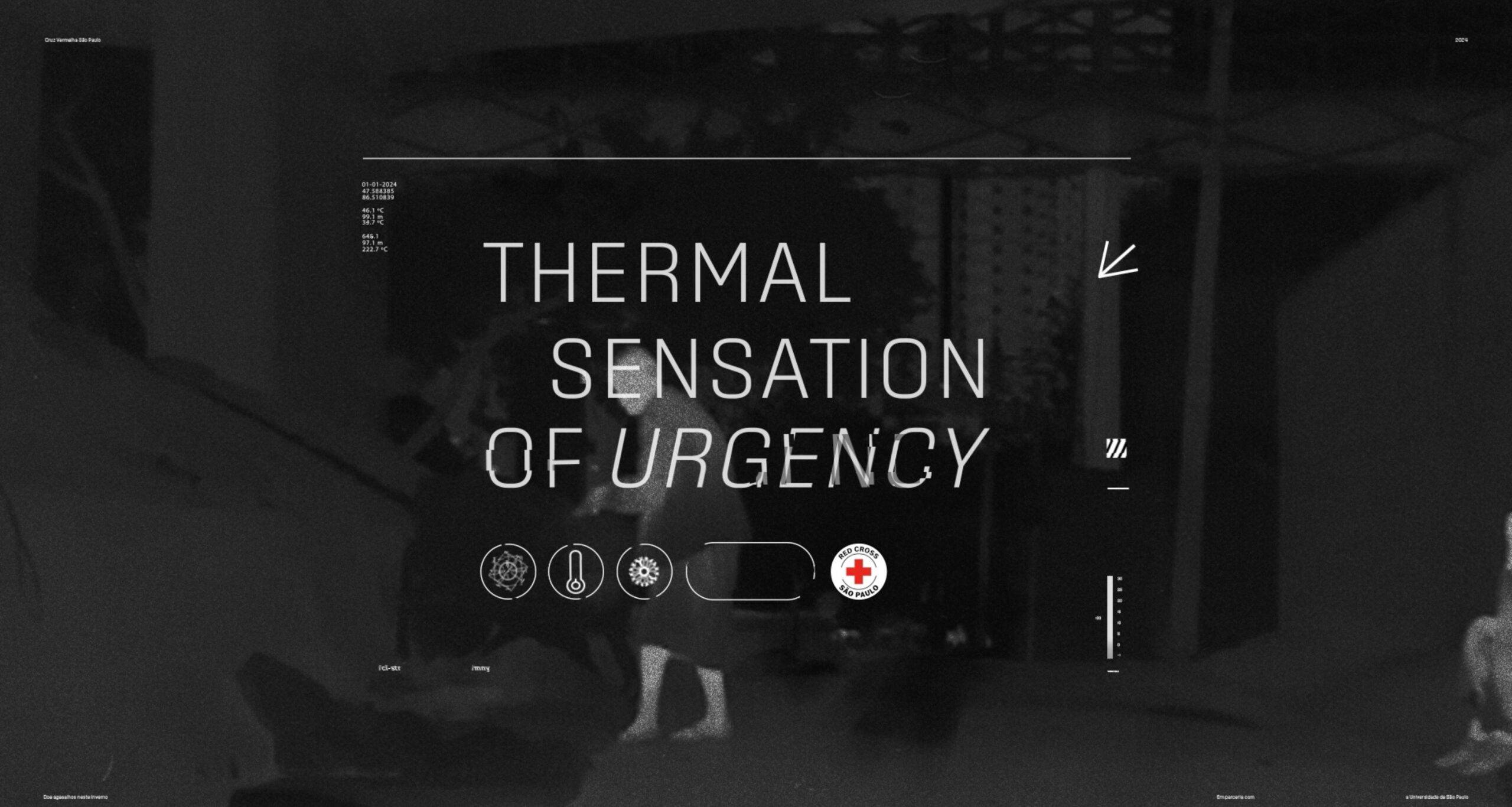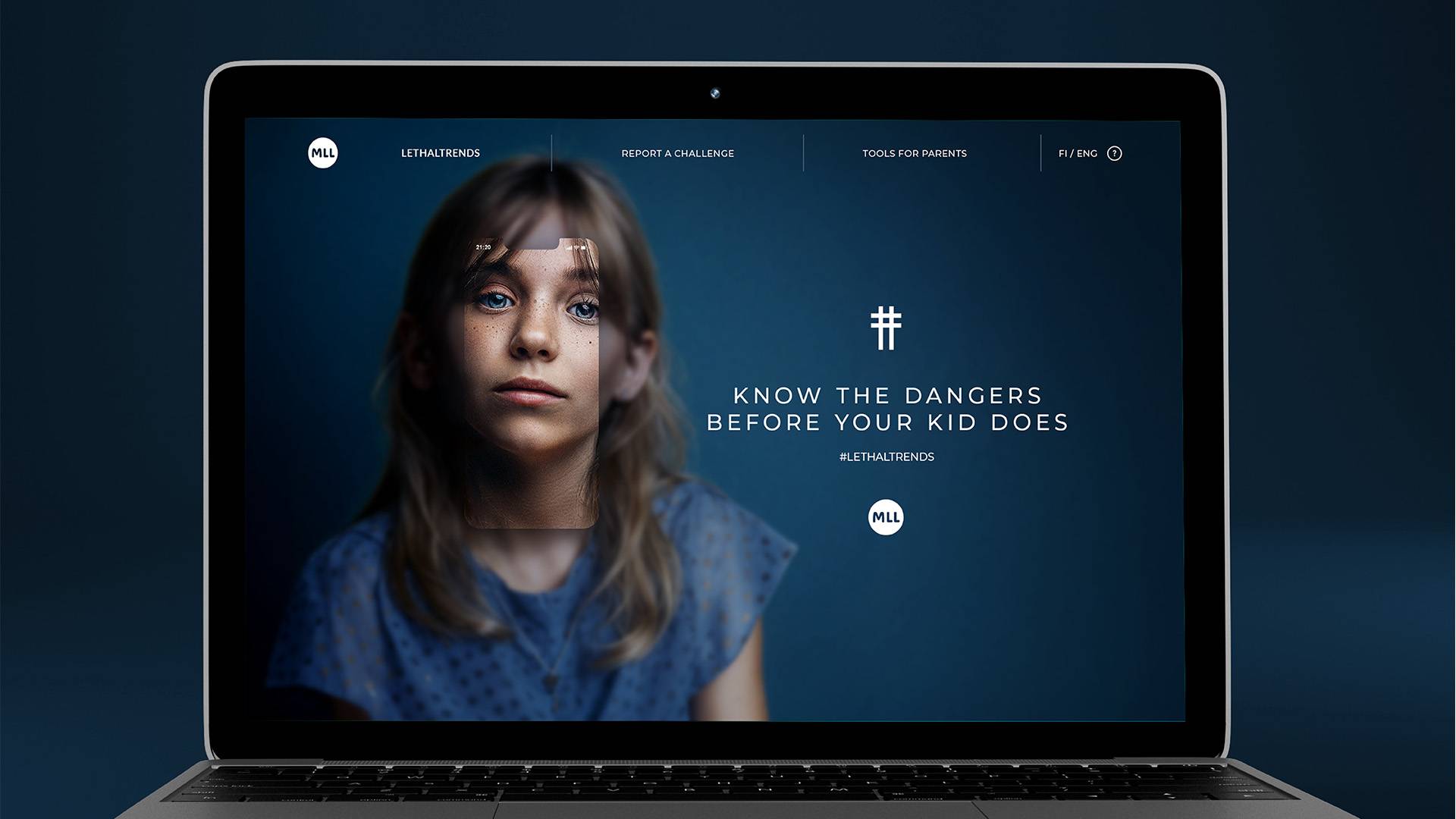
Thermal Sensation of Urgency
Red Cross São Paulo
Lew’Lara\TBWA
The Challenge
The São Paulo Red Cross works with vulnerable populations, and during winter, one of the biggest challenges is the severe cold. Every year, people living on the streets die from hypothermia, yet cold weather is rarely treated as a humanitarian crisis. The briefing was clear: demonstrate that the cold kills and that the temperature felt on the streets is far more severe than official forecasts suggest. Based on the organization’s experience, it was understood that the highest volume of donations occurs on the coldest nights of the year.
The challenge was to create more nights with that same sense of urgency, even when thermometers weren’t hitting extreme lows. The goal was to drive donations, boost engagement, and shift public perception about the cold, necessitating a change in how weather forecasts are communicated – a simple, accessible, and powerful solution that can save lives.
The Solution
Weather forecasts show the same temperature for everyone, but they don’t reflect what it feels like for those living on the streets. This led to the creation of Critical Wind Chill: a new unit of measurement designed to reflect the cold from the perspective of people in extreme vulnerability. This new metric takes into account factors like hunger, wet clothing, wind, humidity, and poor sleeping conditions. Backed by its experience on the streets, the São Paulo Red Cross brought these variables together to propose a more honest way of communicating the impact of cold weather.
Critical Wind Chill replaced the traditional forecast across digital and physical media, sparking empathy, mobilization, and donations. This simple yet powerful idea shows that by redefining the cold, lives can be saved.
Watch the Case Study
The Results
The campaign led to the largest volume of donations in the history of the São Paulo Red Cross, with 109 tons of clothing collected in just a few weeks. The peak occurred on the nights when Critical Wind Chill was released, proving the idea’s power to mobilize. Beyond the numbers, it sparked a real shift in behavior, as people began sharing the new forecast as a social alert—turning meteorological language into a tool for empathy. Critical Wind Chill became a trending topic on national TV, radio, and major news platforms, reframing cold and homelessness as a public issue. The campaign also elevated the brand’s positioning, establishing the Red Cross as an active voice in defending those most in need. The new metric gained international attention and is now being adopted by other Red Cross branches around the world, becoming a global model for climate empathy.
